LMFP-based Rugpro battery, a new kid on the block
When the Indian market asked for a better and improved lithium battery, we at Ipower Batteries answered that call with our new series of lithium batteries. We present you Rugpro, an LMFP chemistry-based lithium battery specifically for Indian market needs. Let’s have a look at this new chemistry and try to understand how it’s better than others.
As an improved form of lithium iron phosphate (LFP), lithium manganese iron phosphate (LMFP) is emerging as a new power battery hotspot. Automakers, battery manufacturers, and cathode active material manufacturers are all expanding their footprints in this industry.
Lithium manganese iron phosphate has the same structure as lithium iron phosphate and is a combination of lithium iron phosphate and lithium manganese phosphate. As a result, lithium manganese iron phosphate has the same advantages as lithium iron phosphate, such as low cost, high safety performance, high thermal stability, no self-ignition due to acupuncture and overcharging, long cycle life, no risk of explosion, compensation for LFP’s disadvantages.
Furthermore, when compared to lithium iron phosphate, lithium manganese iron phosphate performs better at low temperatures. According to Huajin Securities, lithium manganese iron phosphate has a capacity retention rate of 75% at -20°C, while lithium iron phosphate has a capacity retention rate of 60%-70%.
Advantages of LMFP:
Only LMFP can match the specific capacity of LiFePO4 (170mAh/g), but its voltage platform is only 3.4 V, whereas lithium manganese iron phosphate can reach 4.1 V due to the higher redox potential of manganese ions Mn3+/Mn2+, increasing the energy density of LMFP by 15 to 20% at the same specific capacity.
LMFP has greater low-temperature performance than LFP, which has poor low-temperature performance with a capacity retention rate of 60-70% at -20°C, but LMFP has a capacity retention rate of around 75% at -20°C.
The olivine structure of LMFP makes it more stable and safer than ternary materials with layered structures. The tetrahedral PO43- anion’s strong covalent P-O interactions stabilize the oxygen atom and limit oxygen loss, making LMFP more stable while charging and discharging. However, because the manganese element has low high-temperature performance, the safety performance of LMFP is slightly worse than that of LFP, yet both are deemed safer than ternary material.
The cycle performance of both LFP and LMFP is better than that of ternary because of the high lattice stability of the olivine structure type. The tetrahedral PO43- anion’s strong covalent P-O interactions extend the cycle life, limit oxygen loss, and allow Li+ to be extracted/embedded in a stable crystal structure.
LMFP vs LFP
Higher energy density: Because LMFP has a higher working voltage (about 3.45V) than LFP (approximately 3.2V), it has a higher energy density (roughly 120-140 Wh/kg vs. 90-110 Wh/kg for LFP). This enables batteries with longer runtimes and higher capacity.
Better rate capability: The manganese substitution in the LMFP structure improves lithium-ion diffusion, resulting in better rate capability. As a result, LMFP is well-suited for high-power applications such as fast-charging electric vehicles or power tools, which are in high demand in India.
Thermal stability and safety are comparable: LMFP retains the thermal stability and safety features of LFP, making it a safer option when compared to some high-energy-density chemistries such as NMC.
The thermal runaway point of the LMFP is above 250°C, similar to that of the LFP, offering good safety performance in India.
LMFP vs NMC
LMFP has various advantages over the typical NMC chemistry for Indian temperature conditions:
Enhanced thermal stability: The olivine structure of the LMFP is more thermally stable than the layered structure of the NMC, lowering the risk of thermal runaway and enhancing safety performance. NMC has a lower thermal runaway point than LMFP, making LMFP a safer choice in India’s high-temperature climate.
Cobalt-free: Unlike NMC, LMFP is cobalt-free, addressing ethical and environmental concerns about cobalt mining while lowering reliance on this limited material.
Cost-effectiveness: Because LMFP contains iron and manganese, it may be less expensive than NMC, which contains more expensive metals such as cobalt and nickel.
Know more about LMFP and Rugpro Battery Series by Ipower Batteries
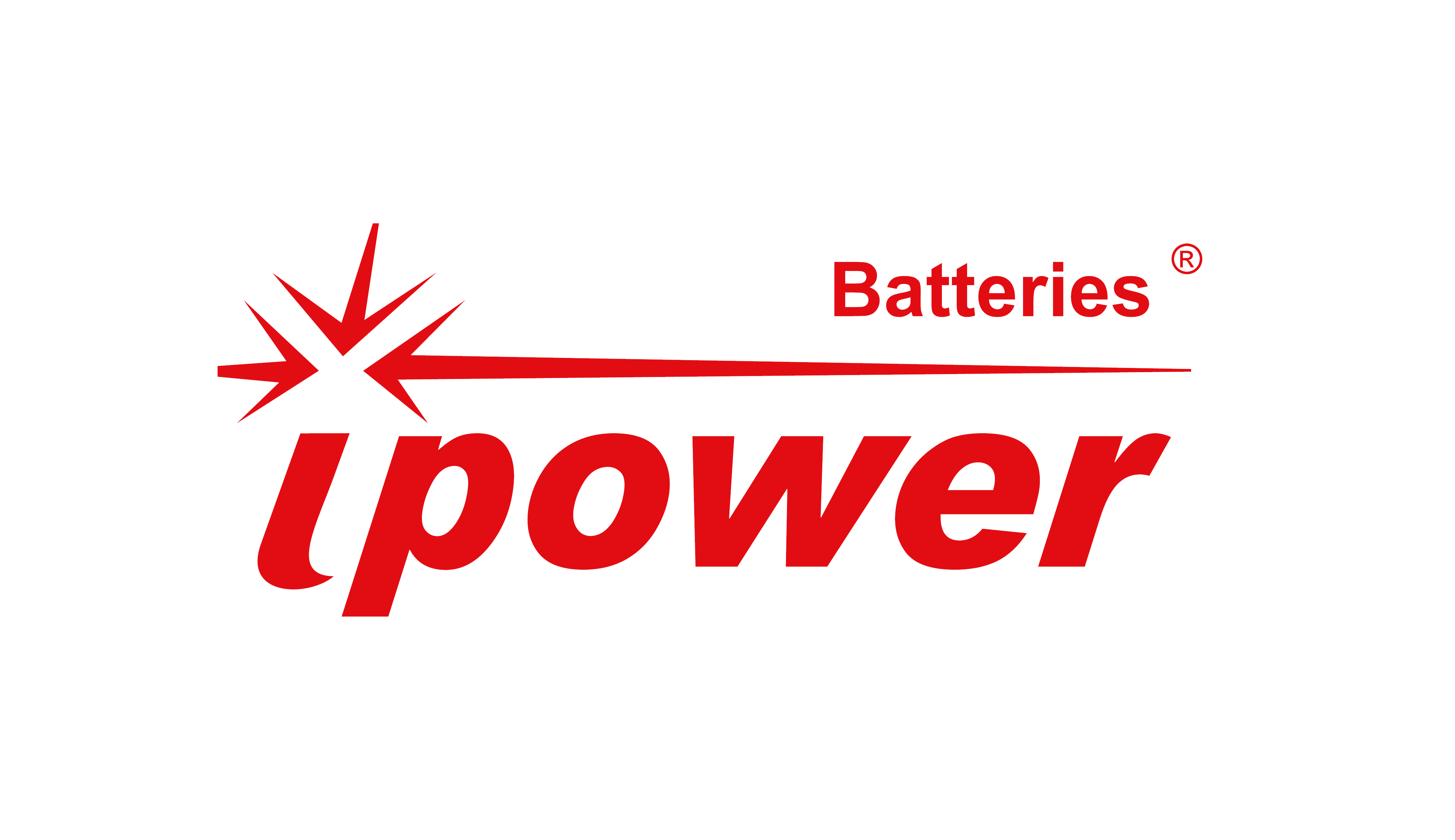
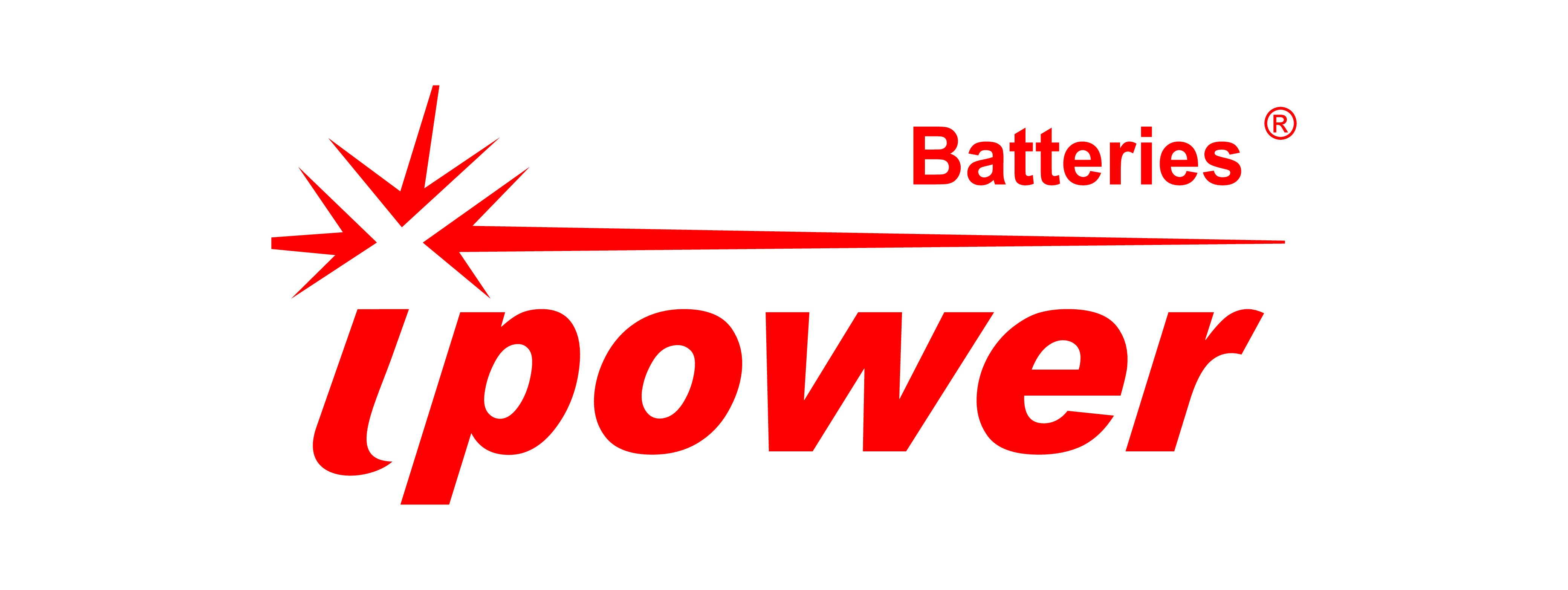
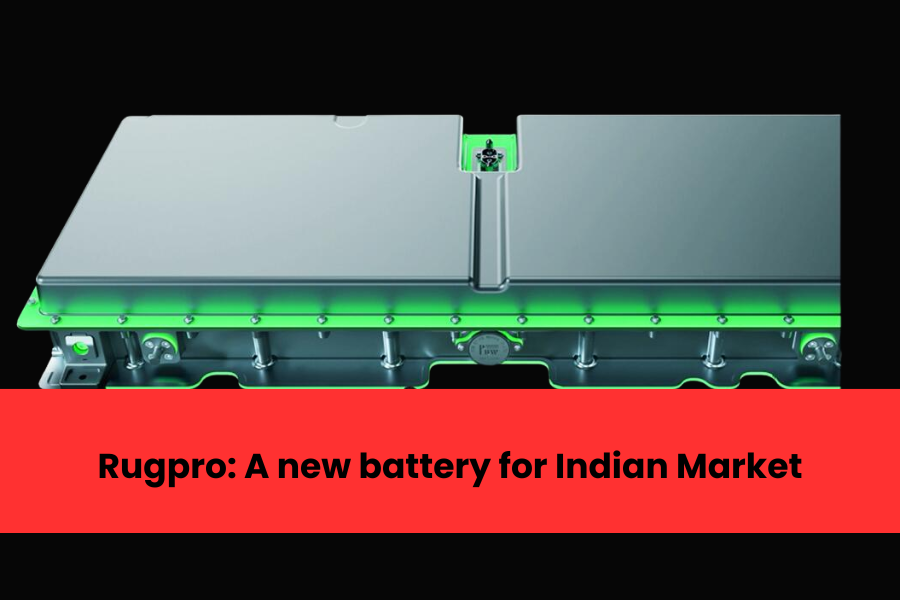
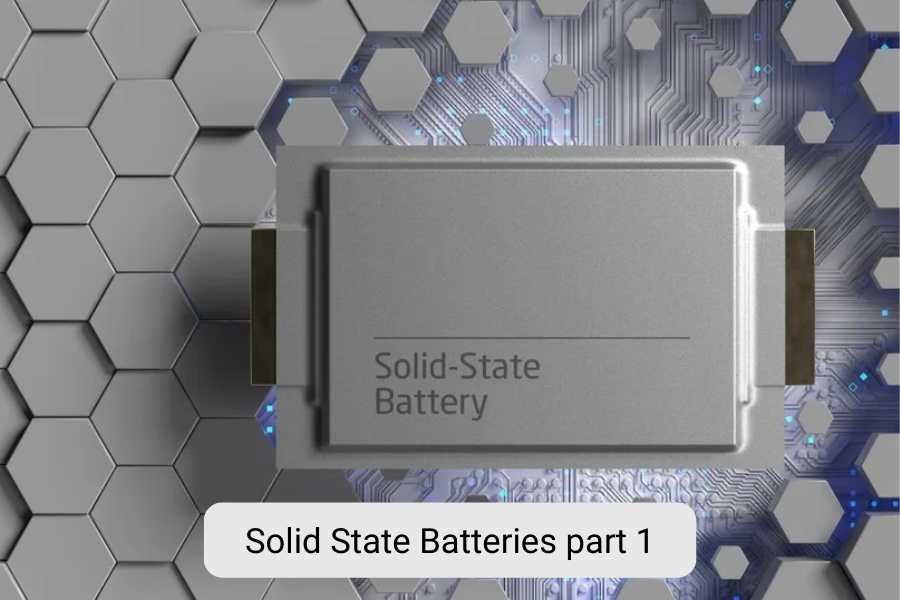

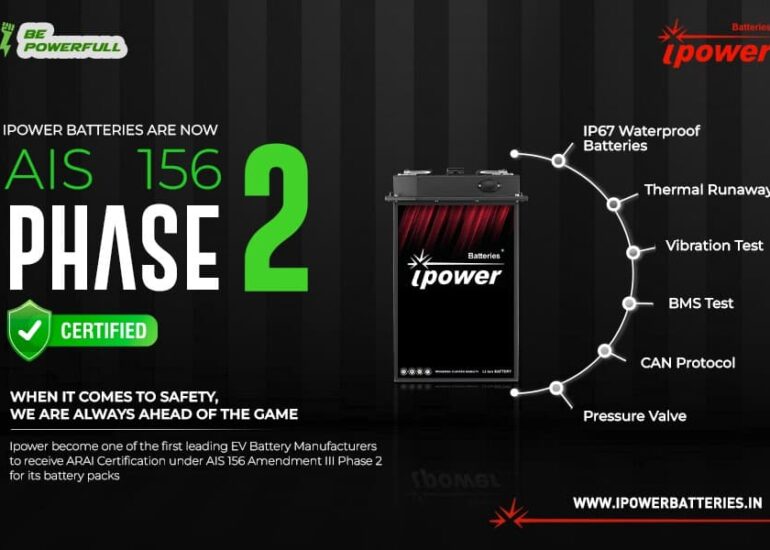
[…] What are LMFP Batteries? […]